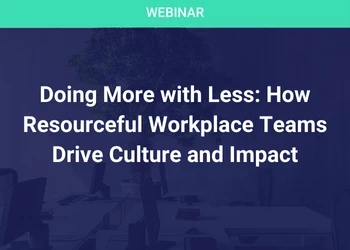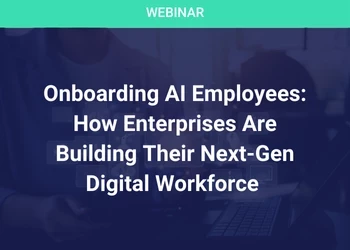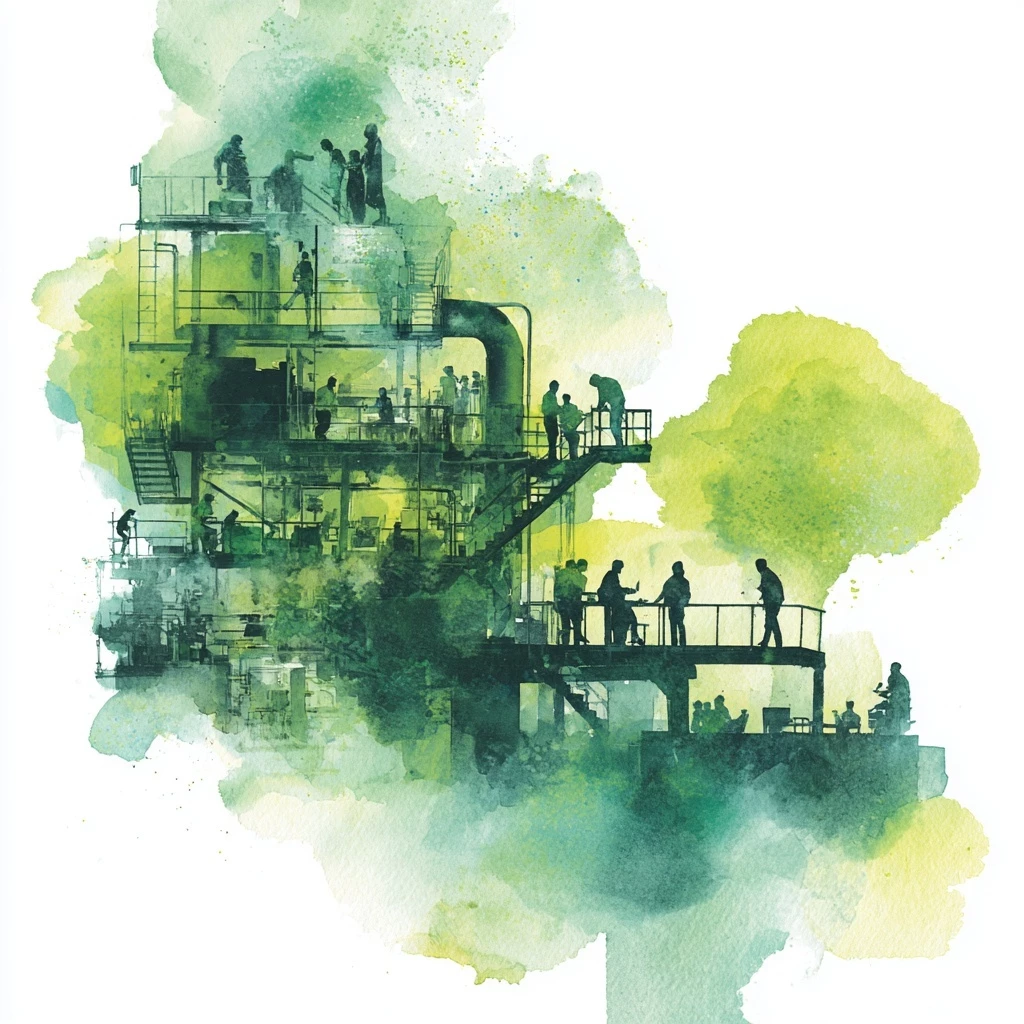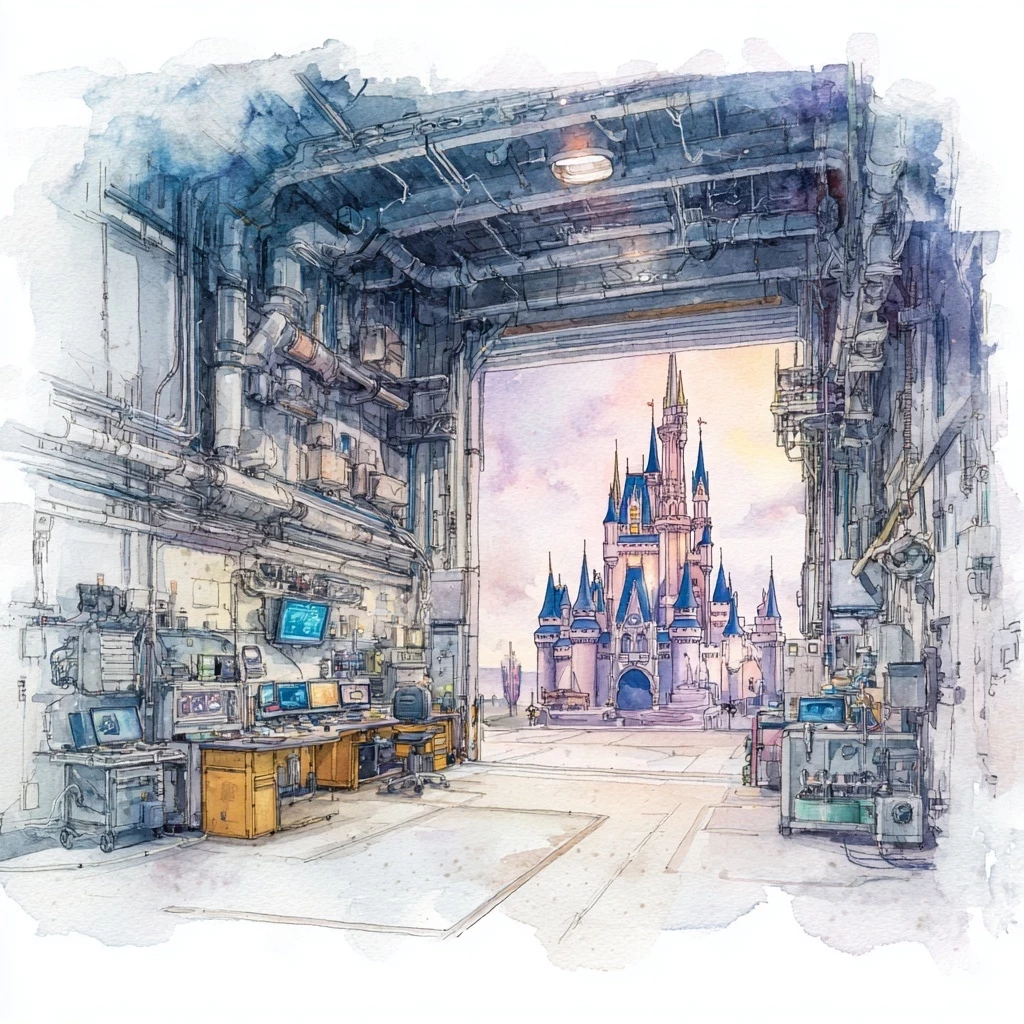A Case for Critical Thinking
Add bookmark
What is Critical Thinking?
If you do a quick google search on critical thinking you will get either a bunch of articles explaining why that skill is so valuable or plenty of training ads. Critical thinking is then defined as the objective analysis and evaluation of an issue in order to form a judgement. It requires analyzing different aspects of the problem, asking questions, provoking discussions, and evaluating the consequences of the different solutions. Although it is often associated with being negative or trying to find issues, critical thinking strives for balanced evaluation and objectivity.
Critical Thinking in Practice
Critical thinking is named one of the most important skills in today’s business. It is quite obvious that it is a crucial part of virtually any important decision-making process. Nevertheless, most of the companies seem to not properly recognize and foster it. It is labeled as crucial, but when companies are in trouble, it is quickly forgotten and rarely fully utilized. Unfortunately, in these cases other aspects become more important - the authority of the figure proposing the solution, internal political situation, the desire for simplicity and promptness, and so on. SSCs are no different. It is expected that they run a list of pre-designed processes and quickly meet the expectations of Corporate, giving them little space for brave decisions. Very often the management lacks the time and the initiative to dive deeper in the situation resulting in obvious and mediocre decisions. Very often, the importance of critical thinking is narrowed down to a requirement for the candidates during the recruitment process. After that, rarely any efforts are made in that direction. Neither the policy, nor the organizational culture are fostering critical thinking skills. From time to time, companies are organizing training seminars, but the results are rather disappointing. People often quickly forget most of what they have learned or are not able to apply their theoretical knowledge in practice. If critical thinking is not incorporated as part of the organizational culture, if it is not used on a daily basis, and if it is not respected - both as a process of reaching solutions and as an outcome - it won’t strive in the organization.
One typical example for the lack of critical thinking in the SSC environment are the employee surveys. These are conducted once or twice a year and produce plenty of data points. They are an essential part of people management providing valuable insights of the working life in the organization. People Management is a very high priority in a SSC, as delivery of services mainly depends on the professional qualities and attitude of employees. That's further emphasized by the financials - personnel expenses are usually more than 70% of the total cost in a SSC. Decisions taken in this area have a high impact both on operations and on financials. One could expect that management is putting great effort in analyzing data from the employee surveys and then thoroughly evaluating different solutions. In reality, the results of the surveys are presented in predefined forms, the conclusions are generic and the decisions are the most obvious ones. Trends outlined by the surveys are barely acknowledged and deviations from previous surveys briefly discussed. This is as far as it goes in most of the organizations. That then opens the door for fallacies. For example, often the management assigns the blame of negative developments to the non-controllable external environment, and the positives to its own actions.
What can be Done Better?
To answer that question we need to think in which area critical thinking is of paramount importance and is a main driver of progress. The answer seems obvious: science. We can get inspiration in the way science is done. More precisely, the scientific method is a great tool to be used when facing complex business decisions.
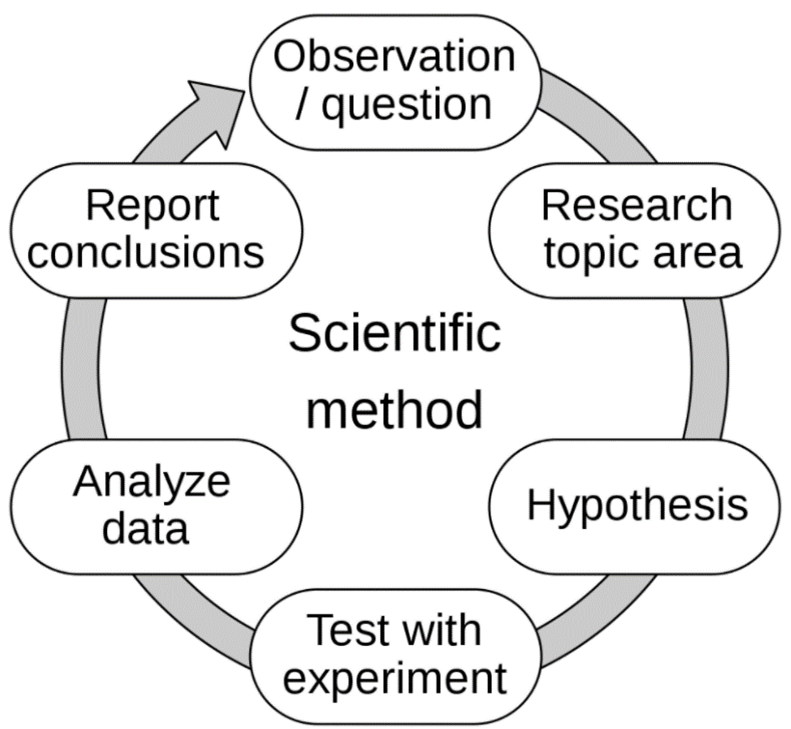
Diagram Source: Wikipedia
The scientific method itself is not new, nor its implementation in the business environment. References to the scientific method used in business settings could be seen in 1999 Ethan Rasiel’s book The McKinsey Way where he discussed a very similar approach used by McKinsey in their consulting practices - collecting information, brainstorming, proposing hypotheses and then based on analysis choosing the most suitable solution.
In the survey example discussed, the business usually takes the first couple of steps - observes what is happening, performs some research, comes up with some ideas and quickly jumps to conclusion. Typically when the employees’ satisfaction goes down, the immediate reaction is what can we do to bring it up? Should we increase the salaries, or add additional perks and benefits? Should we organize some events or praise our achievements more? Should we provide more training? The answer is none of these. Before any action is taken, the result would require further investigation. Surveys are only giving the starting point, not the answers. We first need to build our hypotheses and test them. It is a good idea to brainstorm and come up with as many viable explanations as possible. We should concentrate on the known big changes and try to evaluate how they might have affected the results.
Going back to the example of dropping employee satisfaction scores, the decline could be across all employees or in a particular function. That could be easily checked out from the available data. Let’s say the decline in satisfaction is in one function, so we can start building our hypotheses:
- There were a lot of changes in the team; key members have left
- There was a new project initiated, increase in work scope, or the workload has increased significantly
- There is a new manager in the team
- There was some expectation that did not materialize (e.g. expected salary increase that didn’t happened)
Once we have identified and built the different hypotheses, we need to test them, either through statistical analysis of the existing data points, enriching the data points by, for example including attrition statistics and information from exit interviews, or collecting more information, e.g. interviewing some of the employees. Then, finally, analyzing and reaching a conclusion on the problem. Only after that the discussion about resolution could start. It is also worth noting that sometimes, the outcome could be that we shouldn’t do anything, but further wait and follow up on the development. On the other hand, reaching a decision and implementing a solution is not the final step. We need to follow through and identify the impact of the measures. Surely, this sounds burdensome and sometimes slow, but if the topic is important, if we want to invest thousands if not millions of dollars, it is worth checking out if we are actually resolving the right problem with the right means.
Something extra
Simply stating that a company is employing some version of the scientific method or critical thinking is not enough. There are some extra ingredients needed to make the whole thing work. On the top of the list comes courage. It is not enough to have an alternative idea in mind. It requires some degree of bravery to present it, defend it, and even contradict everyone else on the table. Not always the right decisions are the ones supported by the majority. If people are not brave enough to speak up then very often the right decisions never come out. The role of the company culture is to create an environment that allows people to freely express their thoughts. Management needs to recognize critical thinking merits, to require proper justifications, and to challenge different proposals irrespectively of their author. If the leaders in one organization are satisfied with obvious solutions, do not put enough weight on reasoning, and do not ask questions, it just wouldn’t work.
Individual responsibility should also be under the spotlight. The role of the individual is to be mindful about the way decisions are taken, to analyze, propose and pursue the best options. Courage is not something that people suddenly get from nowhere. It requires making deliberate, regular, small steps and practice. People need to carefully select their battles, get used to speaking up, and defend their opinion in a respectful and thoughtful way. Following that process, leaders will emerge in the organization that can really change it for good. Being a critical thinker is an important part of being a leader.
Conclusion
Critical thinking is still a crucial part of complex decision-making. However, if a company wants to fully utilize it, it will require some extra effort. Simple training will not suffice. The topic is much broader, and the best way to actually make it part of the company culture is to lead by example. If management is critical, if it imposes healthy standards to the reviewed proposals, the rest of the organization will follow. One last aspect of critical thinking is that sometimes we need to admit that we do not know the answer, that the analyses were incomplete, and there are some risks and limitations to what we are doing.


